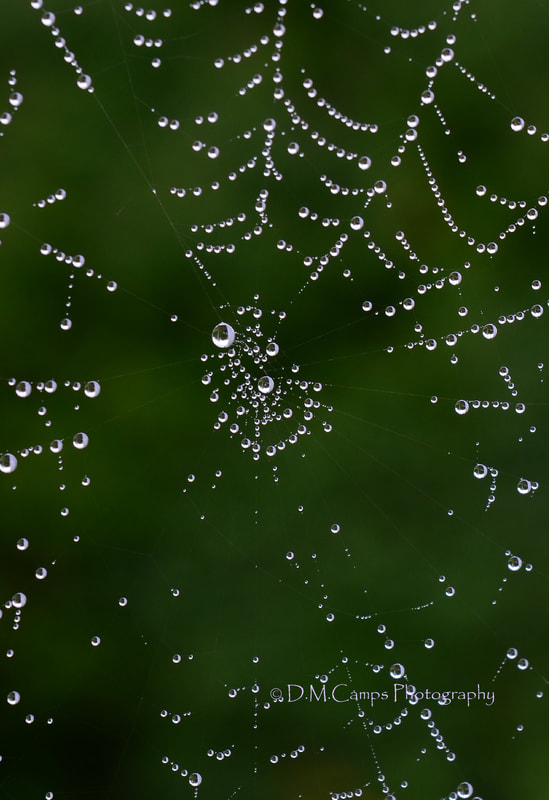
Bread has a special place in many cultures of life sustenance. Bread contains great wisdom of the past, present and future.
And one of the challenges of mankind in the present is to understand the whole essence of what our ancestors wanted to pass to their descendants through this valuable food product.
Defining the role of Bread in ritual cultures of people all around the world we realize that Bread is not only a food product but also a magic tool, as well as a medical means and communication system to connect different social groups. Bread reveals the connection between man and nature, life, the world beyond, and earth and space.
There are lots of mysteries in what is served as bread. First this product is made of unique plants - Cereals. To understand the culture of cereal cultivation from soil preparation to harvesting, milling, making flower, the presence of the water element, the preparation of fire, we have to go back to the past, to our great-grand fathers, to myths, legends, fairy tails and songs.
In myths and fairy tails of many peoples around the world, the cereals are “servants” of speech between the Sun and the Earth. The cereals are introduced as gifts from the Heavenly Father and the Earth Mother.
Sowing was arranged as a religious act, harvest as a ceremony. Melodies of ploughmen’s songs raised their souls up to celestial heights, inspiring and encouraging them as celestial blessings, while their bodies were busy with heavy physical work, watering the soil with their sweat. Cereals represent a bunch of rays, a concentrated light ray pollinated by air - the astral strengths carrier.
Cereals are the only plant family that has over 4000 varieties and none of them are poisonous.
Wheat, although it originated in the East, is spread throughout the world, on every continent, as blessing of the Sun. Wheat seeds symbolizes the source of fertility. Cooked wheat seeds symbolize unity. Many peoples have a tradition of scattering wheat seeds beside a newborn child. That will keep the child safe from attracting evils. Ears of rye were hanged on the walls of a nursery or burned in fire to protect a child from fears. And, of course, the same wheat, milled, mixed with water and cooked on fire, was called bread.
With the help of the bread baking process cereals penetrate into human nature.
In bread, in the way of its preparation lies in the phytogenous form, the mystery of human creation. The ancient teachings of Bread being a symbol of life and spiritual food is understood when we see and feel that in bread are heavenly forces, the divine power carried from the solar heavenly distances and descending to the sacred earth.
The Christ had carried a message for all peoples on the Earth, through his ancient teachings of the earthy bread: “It is a body of mine, which for you is transferred, so create it in commemoration of me”. - (Armenian translation)
That means that bread already symbolizes a spiritual person, i.e. the changed physical body which is transferred to all. Hence this ancient teaching rich in symbolism honours the working man - the farmer, cultivating the soil, working on the body of the Earth, to honour the life supporting spirit within - the Spiritual Person within the physical person.
When a man eats bread, he eats the body of the Earth, the body of the Earth Spirit. While eating bread - a person receives communion with the Divine, in the direct meaning of the word. It is necessary to comprehend that and to treat with deep respect and awe the wisdom and meaning of the term - "we eat ". To understand the essence of a meal, this divine force, this universal ceremony.
Bread is also a symbol of individuality, as follows from the parable of receiving communion. And we know that the more individual a person is, the better the carrier of Love s/ he is. And there, where there is peace, people love because they are brought to something they should love. If a person is granted with the gift of individuality, and s/he cares for and cultivates divine force within him/herself, then the impulses of love will go from his/her heart to the heart of another person.
Magic and love legends, various faiths and popular beliefs, as well as ceremonies and rituals are connected with bread. For instance, in Bulgaria (Klisur) they would bake a small round loaf of bread, put it down into water, then take it out and give to a sick person as a means against fear. Or there is another popular belief that bread has a soul and it should not be cut with a knife, otherwise the soul will be taken from bread. Or one more, when bread was associated with separation of soul from the body: - keeping a piece of bread over a dead person symbolizes transfer of the human soul into bread.
We should also mention an old traditional ceremony to put bread on the belly of a pregnant woman, as something holy and “life-enhancing” thus proving both the right of a baby for bread and the right for material realization of his soul.
Bread as a ceremonial tool had the function of a tool of communication, as it served as a signal, realizing a contact between a person and the society, a person and the family, an individual and his friends, social groups, humans and nature. Namely the communicativeness of bread, its property to connect two systems, defined the place of bread in ceremonial culture of nations. Bread makes people acquainted, strengthens relationship (the Armenian sayings “Agh u hatsov dimaworel” (To meet with bread and salt) or “Mi ktor agh u hats utel’ (To eat a piece of bread and salt)) both in personal contacts during holidays or ceremonies and in sacrificial ceremonies to get closer to the spiritual world.
In older times the bakers profession was very special. And not only because of his/her professional skills in bread preparation and baking, but also for his/her pure individual human features. Generally only experienced women with professional skills were involved in dough preparation.
Ceremonial breads, being a part of the historical-ethnic development of bread culture and meals in general, are of special interest among ritual breads of many peoples. This interest was shown long before our era by Greek, Roman and Assyrian historians (Xenophont, Aristotel, Alexander, and etc.). And it was directed not only to the process of preparation, which takes into account an annual cycle and day arrangements of stars; baking technologies, magic spells, but also included different kinds and shapes of bread in connection with their dedication in honor of holidays, ceremonies, and the symbology of their uses.
Moreover, for different kinds of bread different baking forms and methods were used, even different kinds of wood for the oven fire were necessary.
And at last, dear friends, THINK: before stretching a hand to break off a piece of bread: "so many lives are there far(in the past) and so many lives will there be (in the future)!” REMEMBER... BREAD – is a solemn performance, BREAD is a symbol of life.
Inspired by an article written by - A. Mehrabyan








